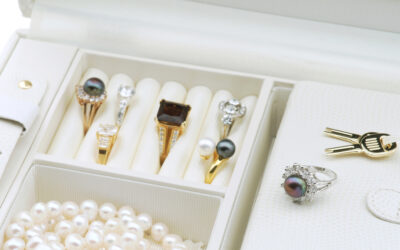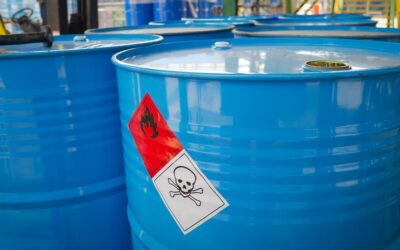You’ve jotted down your resolutions, rung in the new year and made your toasts. Now, learn how to store your extra bubbly so it will taste great when you pop the cork this year or beyond.
Good storage practices will help your champagne stand the test of time, says Cyril Delarue, a licensed oenologist and sixth generation member of the Bollinger family, of Champagne Bollinger, in France.
“Champagne keeps very well, and probably better than most still wines,” he says.
How to Store Champagne
There are three critical rules for storing champagne:
- Keep bottles away from light.
- Store at a constant temperature.
- Store horizontally for long-term storage. Storing standing up is okay for short-term storage.
What is Champagne?
Champagne is a sparkling wine produced in and around the Champagne region of France. It’s made with yeast and a laborious two-step fermentation process that creates all those bubbles. Other sparkling wines, such as cava and prosecco, are produced in other areas around the world.
What Size Bottles Does Champagne Come in?
Champagne comes in standard-sized bottles, but also an array of larger bottles. A Magnum equals two standard-sized bottles, a Jeroboam equals four, a Methuselah equals eight, a Salmanazar equals twelve, and a Balthazar equals 16. The biggest bottle, the Nebuchadnezzar, is equal to a whopping 20 bottles and serves 120 people, according to The Champagne Company.
Whatever the size of your bottle, storing champagne properly can help keep it fresh for future occasions. The right way to store your champagne depends on how quickly you plan to drink it.
Short-term Storage
If you have an open bottle of champagne that you didn’t finish, don’t throw it out. You can store it in the refrigerator with an air-tight stopper and drink it within 24 to 36 hours, says Trisha Antonsen, chief cocktail officer at Drizly, an online shopping service for adult beverages.
If you have an unopened bottle you plan to drink within the next couple of weeks or months, store it in your refrigerator or stash it in a space in your home away from heat and light, Antonsen says.
For example, a basement might work well because “it will be consistently cool and dark,” she says. But never stick your champagne in the garage because temperature fluctuation could harm the wine, she says.
Long-term Champagne Storage
If you plan to let your champagne age for several years or decades, storage gets a little more complicated. You should know that champagne ages better in larger bottles, especially the Magnum, which is the equivalent of two standard bottles, Delarue says.
In fact, Champagne Bollinger has done comparisons of old vintages aged in standard bottles and magnums, and found the wine in the magnums tasted better.
“Personally, I tend to buy magnums instead of bottles for wines I want to age,” he says.
Champagne should be stored with bottles lying on their sides in order to keep the corks from drying out. Champagne needs these conditions for proper long-term storage:
🍾 Low, stable temperature around 50 degrees Fahrenheit
🍾 A dark, quiet space with no vibrations to disturb the wine
🍾 A high humidity around 80 percent. For about $40, you can purchase a hygrometer to check humidity.
🍾 To increase humidity, set a container of water on the floor, Wine Spectator’s wine advice columnist “Dr. Vinny” recommends.
“Some natural cellars are perfect,” Delarue says. But if you don’t have one in your home, he strongly recommends a wine storage facility.
How Much Does Champagne Storage Cost?
Pricing at wine storage facilities varies depends on the facility and how much wine you store, and can start as low as about $20 a month and go up to hundreds of dollars a month or more.
For example, a wine storage facility in Washington state charges $25 a month for a locker that stores six cases and up to $220 a month for a walk-in that stores just under 100 cases of wine.
How Long Does Champagne Keep?
There’s no hard-and-fast rule, and it varies from one producer or vintage to another, Delarue says.
For example, he recently tasted some 1914 champagne that it was still “brilliant and alive,” he says.


